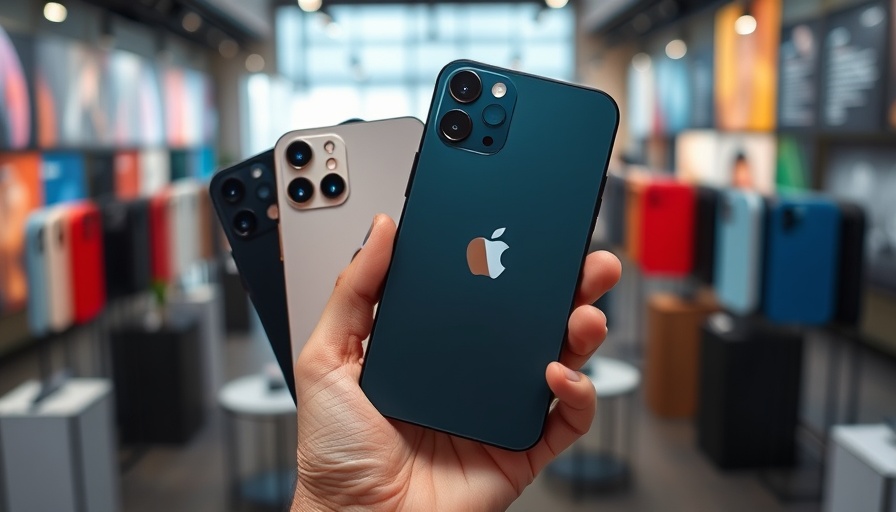
Understanding 'Tech Neck' in the Digital Age
In today’s technology-driven world, phrases like 'tech neck,' 'TikTok tilt,' and 'scrolliosis' have emerged to describe a common affliction that plagues many digital device users. Characterized by the forward and downward tilt of the head, this condition leads not only to neck pain but also discomfort throughout the shoulders and upper back. The simple act of looking down at a smartphone or laptop creates immense strain on the muscular system, often unnoticed until it manifests as persistent pain or stiffness.
The Mechanics of Tech Neck
According to Dr. Rahul Shah, an orthopedic spine surgeon, the angle at which your head tilts has a direct correlation with the weight that your neck must bear. For every inch your head leans forward, the pressure on your neck increases significantly. This imbalance results in muscle fatigue as surrounding muscles compensate to support the head's weight. Thus, maintaining a neutral neck position is critical for minimizing strain.
Combatting Tech Neck: An Effective Exercise
Fortunately, Dr. Shah offers a practical solution known as 'adult tummy time.' This involves lying on your stomach to counteract the natural tilt of the neck and elongate overworked muscles. Additionally, a unique isometric exercise can alleviate discomfort from prolonged device use. Simply press the palm against your forehead while keeping the head stationary. This action engages neck muscles, enhancing blood flow and relieving tension.
Enhancing Eye Health: The 20-20-20 Rule
While neck health is crucial, digital eye strain is another pressing issue for frequent screen users. To mitigate eye fatigue, experts recommend adhering to the '20-20-20' rule: every 20 minutes, look at an object at least 20 feet away for 20 seconds. This simple practice allows your eyes to refocus, helping to alleviate discomfort often caused by extended exposure to screens.
Benefits of Physical Activity
If the exercise feels tedious, Dr. Shah suggests a brisk walk outdoors. Engaging in physical activity not only boosts blood circulation throughout the body but also prompts better posture. With improved posture comes the reduced risk of muscle fatigue, leading to a more comfortable and healthier lifestyle.
Rethinking Your Workspace
In addressing tech neck, considering your workspace design is also critical. Ergonomic adjustments can significantly reduce strain. Ensure that your computer screen is at eye level, use chairs that support your back, and take regular breaks to stand up and stretch. Making small changes to your working environment can have a revolutionary impact on your comfort and health.
Conclusion: Take Action for Your Health
With technology continuing to dominate our daily lives, awareness of conditions like tech neck and methods to alleviate its symptoms are essential. Incorporating simple exercises, adhering to eye care practices, and making ergonomic adaptations to workspaces can truly enhance your overall health. Don't let technology be the cause of your discomfort; rather, take proactive steps to ensure a balanced lifestyle.
Have a story to share or want to contact us for more details? Drop us an email at team@kansascitythrive.com.
 Add Row
Add Row  Add
Add 





Write A Comment